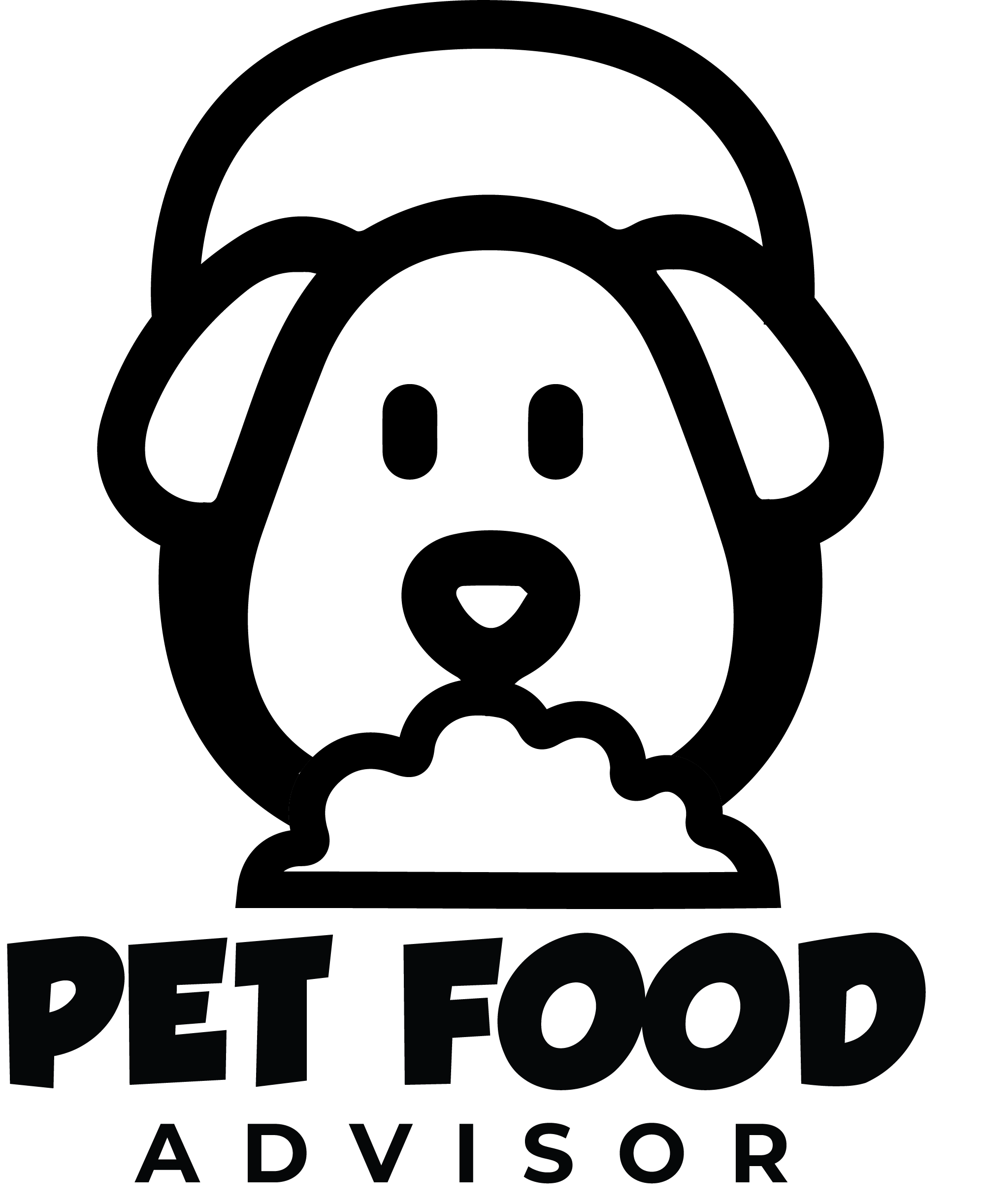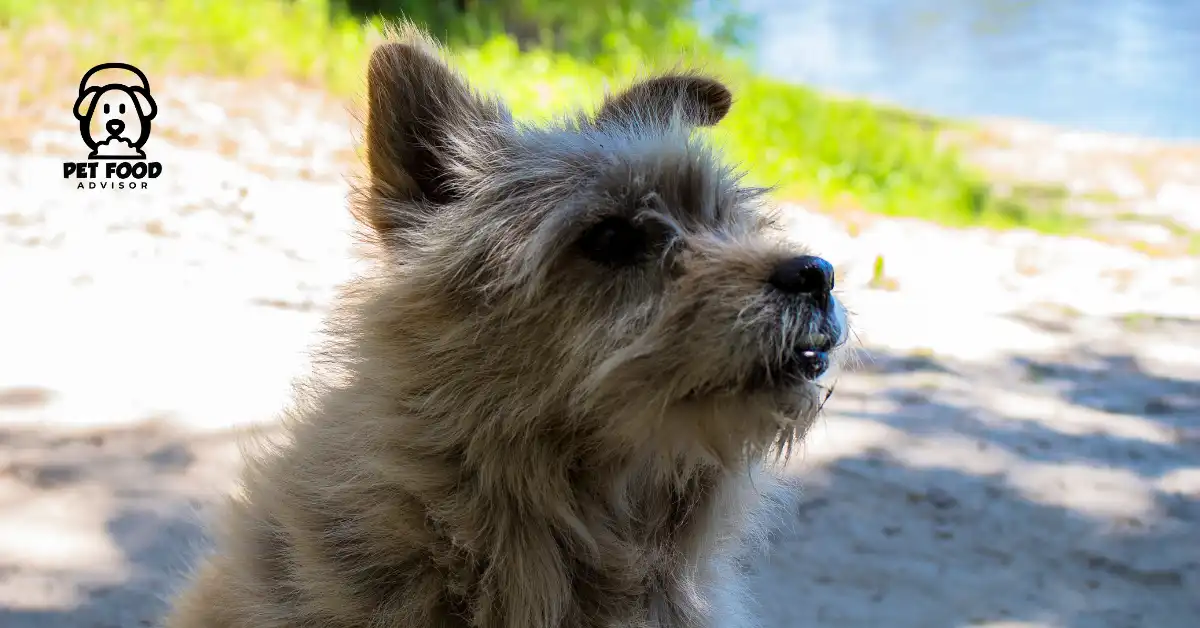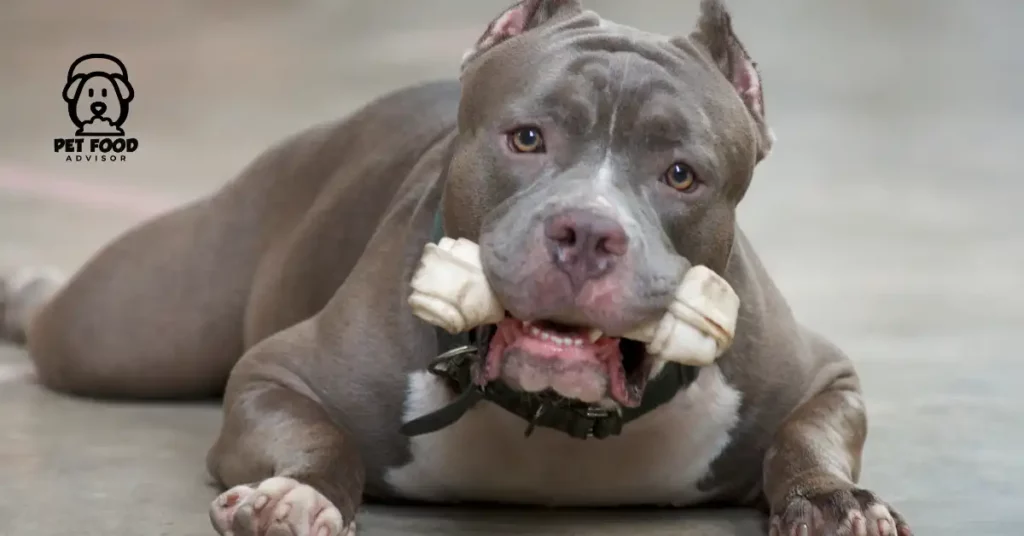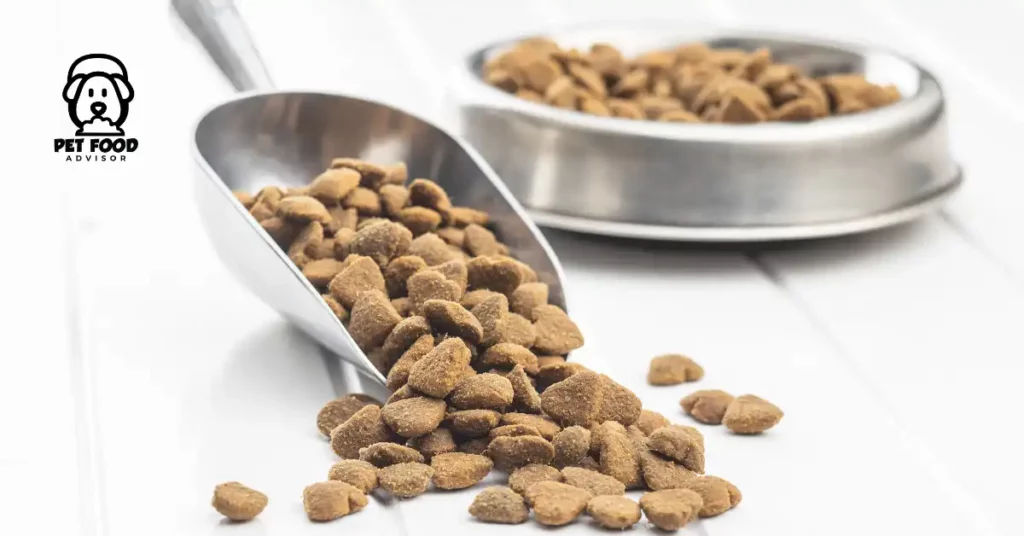Revealing The Crucial Role Of Ash in Dog Food
You must understand the term ‘ash’ if you are a dog owner. Ash refers to the residue left behind after the complete combustion of food. If you were to burn any dog food until all its significant nutrients (protein, fat, and carbohydrates) are gone, the mineral content of the recipe remains.
Ash is composed of mineral nutrients such as calcium, phosphorus, zinc, and iron, among others. These essential minerals are what contribute to the content of ash in dog food. Think of ash as the sum of these minerals that survive the burning process.
Ash is also commonly used for human cremation, which refers to the residue that remains after the body has been burned. In the situation of dog food, it signifies the mineral remnants after the food is incinerated. It’s not an additive used to manipulate the recipe but a natural byproduct of food combustion.
The Significance of Ash Content
The ash content mentioned on the label signifies the combined amount of all minerals in the food. While a small portion could originate from plant-based ingredients, most come from bone content and added mineral supplements. Many of these minerals comprise calcium and phosphorus, essential for various bodily functions. The ash value alone needs to provide a comprehensive picture. Knowing the exact quantity of each mineral within the total ash content would be more informative.
You need to pay attention to ash content when feeding:
- Growing Large Breed Puppies
- Dogs Dealing with Kidney Disease
In such cases, you must be aware that the ash’s specific mineral composition can significantly influence your pet’s health and well-being.
Is Ash Safe for My Pet’s Diet?
Ash is not a harmful term when it comes to pet food. Instead, it signifies the presence of necessary minerals like calcium, phosphorus, sodium, and other trace minerals that your pet requires. In the world of pet nutrition, ash content is a common consideration. Dry pet food generally contains ash (ideally below 8%), and even wet food might have a smaller amount (usually 2% or less).
While ash is essential, there are instances where excessive ash can pose problems. This mainly applies to pets with urinary crystals and giant breed puppies during their rapid growth phase. For these cases, ash content needs to be controlled.
Ash encompasses a range of essential minerals. From a consumer standpoint, it would be helpful to know the specific amounts of minerals, like calcium, phosphorus, magnesium, etc, present in the food. Ash is a collective term for these minerals. However, many pet foods don’t provide a detailed breakdown, opting to list these minerals under the umbrella term of ash. Some foods separately provide these amounts, while others group them under the ash category.
Addition of Ash to Dog Food Ingredients List
Though not all brands do so, many dog food manufacturers are legally obligated to disclose the ash content on their packaging. Recognizing that ‘crude ash’ is not an added ingredient is essential. The purpose of mentioning it on the package is to assist pet owners in understanding the mineral content present. This information can be beneficial, especially if you ever need to keep track of the minerals your dog consumes for dietary reasons. The ash content listed on the package aids in assessing the mineral composition and can be valuable for managing your dog’s nutritional needs. I am also a dog owner, and I read the information about ash as an ingredient in the dog food when I buy for my dog.
Ash Measurement in Dog Food
When any food is subjected to high temperatures, its protein, fat, and carbohydrate components get burned away, leaving behind the minerals it contains. These minerals, including calcium, phosphorus, zinc, and iron, are vital for your dog’s growth and overall well-being. The measurement of the ash in dog food labels reveals the mineral content as a percentage present in the food. For instance, dry dog food like Royal Canin Dog Food usually contains about 5 to 8 percent ash, while wet dog food like Purina Pro Plan Dog Food typically has 1 to 2 percent ash. This percentage reflects the mineral amount that would remain if the food were burned, even though that’s false.
Balanced Ash Levels in Dog Food
Most dog foods contain around 5 to 8 percent ash, with some dry varieties going up to 10 percent. This range suits your dog’s overall mineral needs and nutritional health. This amount is good for the dogs when added to their food. You need to note the exact amount and not give them extra nutrition.
It’s important to note that the ash percentage provides a general view of mineral content and doesn’t break down specific minerals. If your dog has specific dietary requirements, I advise you to examine the food label for more detailed mineral information. A younger dog might need lower calcium levels, while older dogs could benefit from extra zinc due to aging concerns. For personalized advice, consult your veterinarian to determine the best dietary choices for your dog’s needs.
Why Pet Foods Contain Varied Ash Amounts
Different ash levels in pet foods can be attributed to various factors. Ash results from incinerating organic materials, and its content can increase based on specific ingredients used in pet food production. For example, higher protein foods might include extra meat meals, leading to higher ash levels. Meat and poultry meals often contain bones rich in calcium and phosphorus, contributing to elevated ash content.
The reason for varying ash levels is linked to the desire to emulate the natural diet of wild animals. In the wild, dogs and cats consume not only meat but also bones, vegetables, and other elements that provide essential minerals. Ash in pet food serves a similar nutritional purpose.
While ash is scientifically considered harmless, some pet owners remain skeptical. There’s a perception that ash might occupy space that could be used for more beneficial ingredients. It’s important to note that the AAFCO mandates a certain amount of ash to fulfill nutritional requirements. The differences in ash levels arise from the composition of ingredients and the attempt to provide a balanced nutritional profile that mirrors aspects of a natural diet.
The Value of Ash Level in Dog Food
Ash in dog food is the leftover minerals that remain after food is burned. Dogs require around 2% ash, which contains essential minerals like calcium, phosphorus, and trace minerals. Anything above this 2% is considered unnecessary in a dog’s diet. The quality of a protein ingredient in pet food is often indicated by its ash content. Lower ash means less bone content, a sign of higher-grade protein.
Maintaining a balanced ash level is crucial, as excessive ash or minerals can hinder the absorption of other minerals in the gastrointestinal tract. This can have adverse effects, including binding with other minerals or affecting organs like the kidneys over time. A target ash level of 7% or lower is ideal for producing high-quality pet food.
While ash is not required to be listed on pet food labels, it plays a vital role in determining protein quality. The cost of using higher-quality proteins with lower ash content affects the overall price of the food. For instance, low ash indicates a higher-grade meal in our chicken meal due to its richer protein content and less bone inclusion. Ash signifies the presence of bone in meat meals, and having low ash content represents a concentrated, easily digestible protein source.
Conclusion
Ash content in your dog’s diet is crucial to their overall health. Balancing ash levels is vital for urinary health and proper nutrient absorption. Ensure a well-rounded diet with appropriate ash content to support your dog’s well-being. Monitoring and adjusting ash intake can improve your pet’s long-term health and vitality. Make informed dietary choices to promote a happy and healthy life for your beloved dog.





